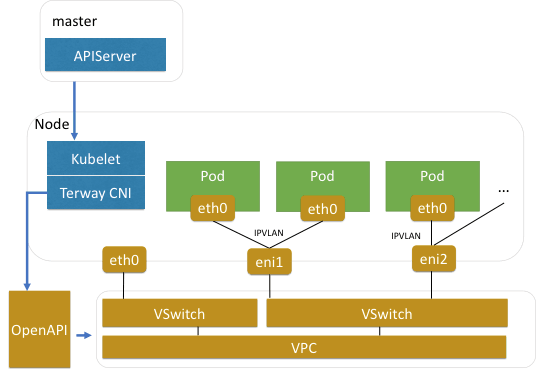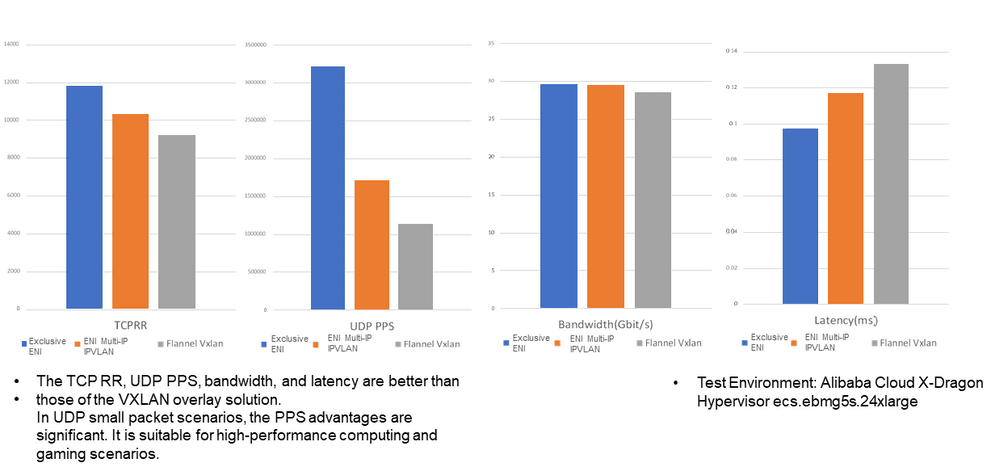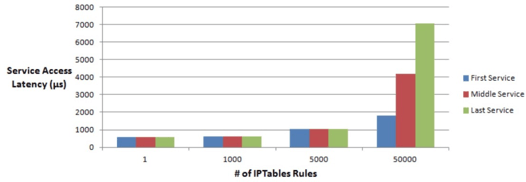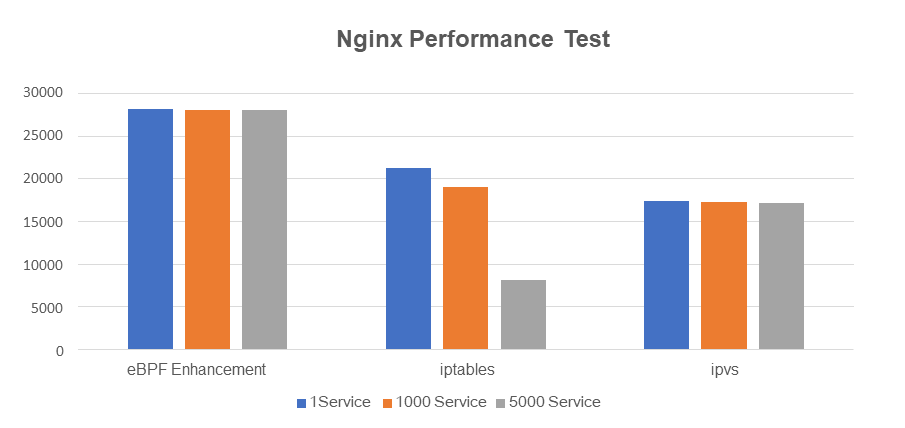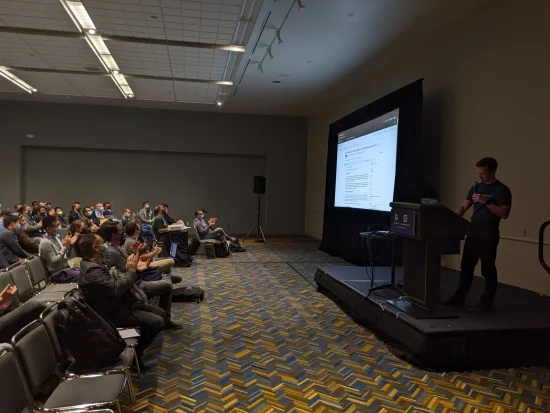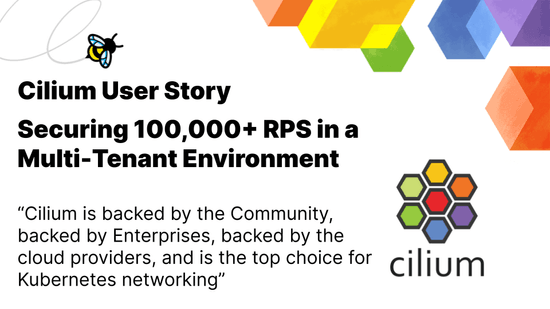How Alibaba Cloud uses Cilium for High-Performance Cloud-Native Networking
A couple of weeks ago, the Alibaba team presented details on the new datapath for the Alibaba Cloud during the SIG Cloud-Provider-Alibaba meeting and also published a blog post with the technical architecture. Guess what, it is all Cilium & eBPF based. Alibaba Cloud is not the first cloud provider to directly embed Cilium. Recently, Google announced the availability of Dataplane V2 based on Cilium & eBPF for GKE and Anthos. What is unique to Alibaba's setup is the use of IPVLAN as we will learn below. In this blog post, we will dive into the details of the Terway CNI, the CNI plugin of Alibaba Cloud, and review some of the statements made in the blog post.
Like almost all cloud providers, Alibaba supports a concept of ENI (elastic network interface) with the purpose of exposing the SDN (software defined networking), which already supports virtualization, to pods. This avoids building virtualized networking on top of already virtualized networking and can avoid overhead and unnecessary complexity.
The cloud IaaS layer network is already virtualized. If network virtualization is further performed in pods, the performance loss is significant.
For Alibaba, it looks something like this:
In order to implement this model, the CNI layer has to interact with the Cloud APIs to set up ENIs as needed for pods. For this purpose, Alibaba has built the Terway CNI plugin plugin. Check out Alibaba's original blog post to learn about the internals of Terway CNI plugin and some of the challenges they faced. This post specifically focuses on IPVLAN and how eBPF is used improve the scalability of Kubernetes services and Network Policy.
IPVLAN for better Network Scalability and Performance
An ENI can either be dedicated to a pod or shared between multiple pods. When an ENI is shared, an additional routing decision in software has to be made to route packets to and from the individual pods attached to the ENI. Sharing an ENI has a massive scalability advantage as each ENI supports between 10-20 addresses and thus far fewer ENIs are needed in the entire cluster. The downside of sharing an ENI is that the additional virtual bridge introduces some overhead. Performance numbers below illustrate the difference.
In order to implement sharing of an ENI, IPVLAN is a great option to put a high-performance virtual bridge in place and connect multiple pods to a single ENI. For this purpose, the Terway CNI plugin is integrating with Cilium to provide a flexible ENI datapath with an efficient Network Policy and Services implementation. This work is currently being upstreamed by the Alibaba team in this pull request.
The following performance measurements show the difference between both modes. They also illustrate how both ENI modes are superior to a Flannel-based overlay network.
You don't necessarily have to pick one model over the other though, as it's perfectly reasonable to schedule pods with high-performance needs with a dedicated ENI and schedule all other pods with shared ENIs.
Tackling the Kubernetes Services and Network Policy Scalability problem with eBPF
So far, the standard way of implementing Kubernetes services has been to use kube-proxy in iptables mode. Due to the sequential nature of iptables, the scalability of this solution is severely limited.
You can see that, as the number of services increases and crosses a certain threshold, the latency starts to spike. Even worse, the initial latency to a particular service will be heavily influenced by a random factor, i.e., whether the service entry is close to the beginning or end of the chain of rules.
Given this, it's not surprising to see Alibaba use the eBPF-based Kubernetes service implementation of Cilium.
What difference does it make? This is the performance difference as measured by the Alibaba team. The eBPF implementation gives better scalability and performance compared to kube-proxy in both iptables and IPVS mode:
After eBPF simplifies the link, the performance is improved significantly by 32% compared to when iptables is used and 62% compared to IPVS mode.
Similar to the implementation of Kubernetes services, the implementation of NetworkPolicy can benefit from using eBPF as well.
The box labelled "BPF-agent" represents Cilium running alongside Terway CNI to provide the eBPF-based Kubernetes Services and Network Policy implementation.
Note: We use Cilium as the BPF agent on nodes to configure the BPF rules for pod ENIs. For more information about Terway-related adaptation, please visit this website.
Unfortunately, Alibaba does not provide specific numbers on the impact of this optimization. As a rough guideline, the Cilium team has measured the performance difference between Cilium running in IPVLAN and veth mode in an earlier post. You can find the numbers here.
Conclusion
We are excited to see Alibaba Cloud contribute to Cilium and welcome them to the community. If you want to learn more:
- Cilium Overview
- Cilium GitHub
- How Does Alibaba Cloud Build High-Performance Cloud-Native Pod Networks in Production Environments?
- What is eBPF?


